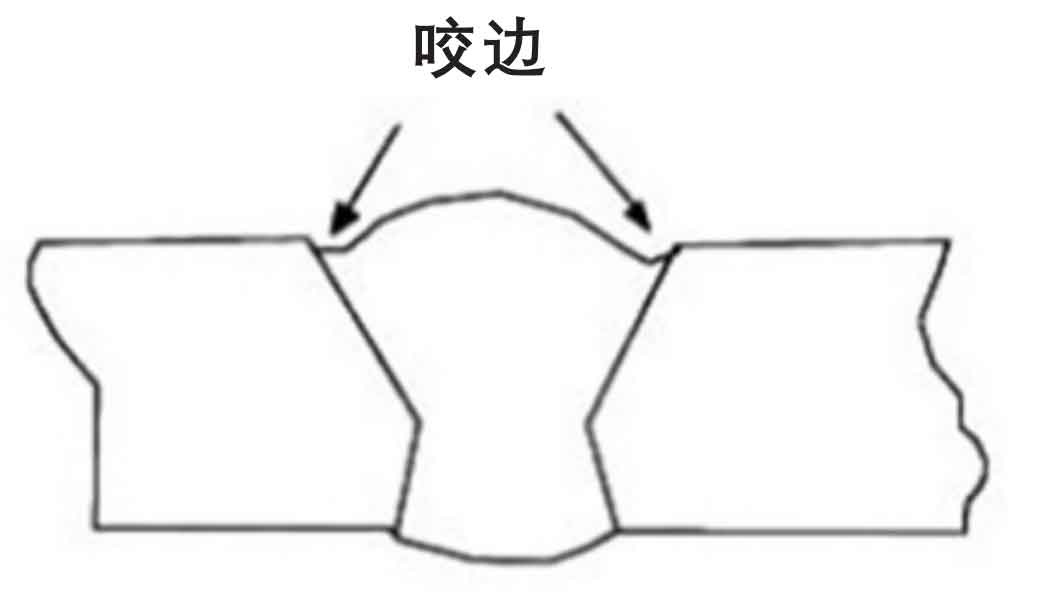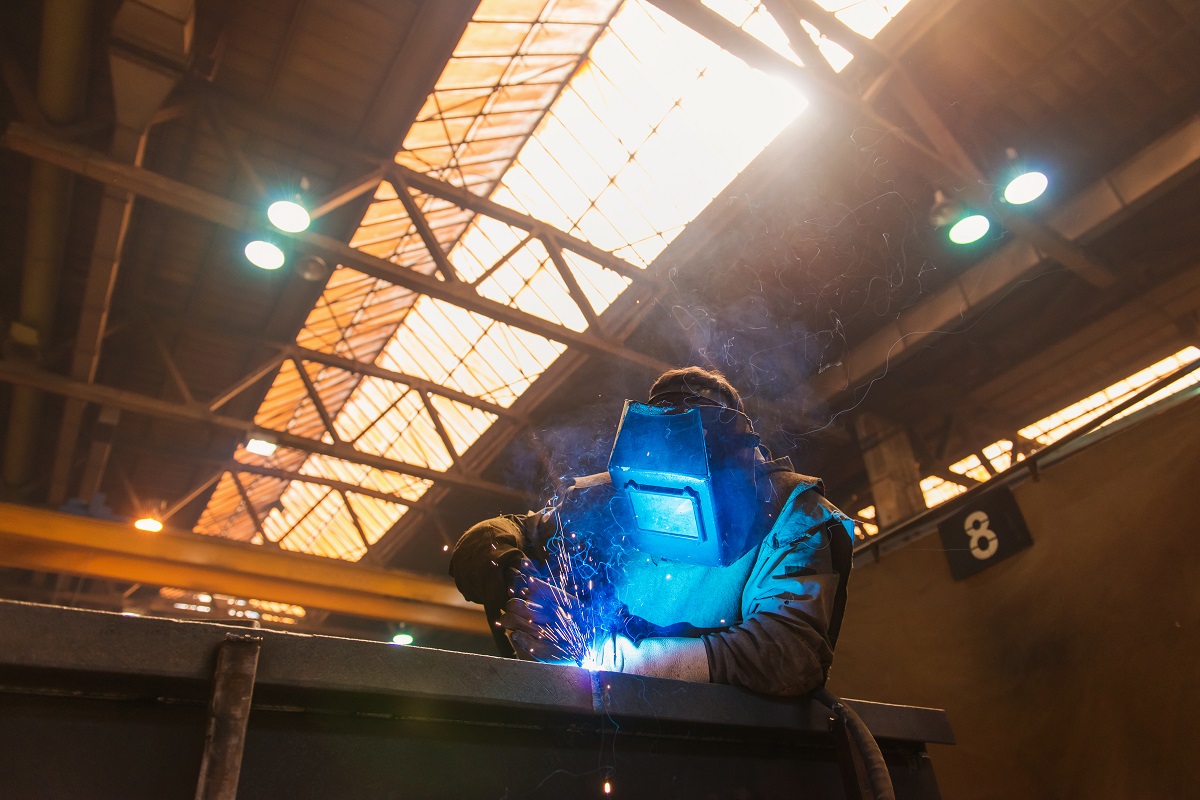Preventing Weld Undercut Demystified: Methods for Success
Preventing Weld Undercut Demystified: Methods for Success
Blog Article
Mastering the Art of Welding: Exactly How to Stay Clear Of Undercut Welding Issues for Flawless Manufacture Results
By recognizing the root causes of undercut welding and executing efficient strategies to prevent it, welders can elevate their craft to brand-new levels of quality. In the pursuit of perfect manufacture outcomes, understanding the art of welding to stay clear of undercut concerns is not simply a skill but a necessity for those striving for excellence in their work.
Comprehending Undercut Welding

To prevent undercut welding, welders should ensure correct welding parameters, such as adjusting the existing, voltage, traveling rate, and maintaining the correct electrode angle. In addition, using the suitable welding technique for the certain joint setup is vital. Employing weaving movements or backstepping techniques can assist ensure proper weld steel deposition and lower the chance of undercut formation. Routine examination of welds during and after the welding process is likewise important to capture any undercut early and make needed changes to stop further flaws. Preventing weld undercut. By recognizing the sources of undercut welding and implementing safety nets, welders can accomplish high-quality, structurally sound welds.
Reasons For Undercut in Welding
Comprehending the variables that contribute to damage in welding is crucial for welders to create high-quality, structurally sound welds. Poor welding inaccurate or present welding rate can also add to damage. Understanding these causes and carrying out correct welding techniques can assist protect against undercutting concerns, guaranteeing solid and sturdy welds.
Methods to stop Undercutting

To alleviate the danger of damaging in welding, welders can use critical welding strategies intended at improving the quality and stability of the weld joints. Furthermore, using the correct welding technique for the details joint arrangement, such as weave or stringer grains, can add to minimizing undercutting.
Additionally, proper joint prep work, consisting of ensuring tidy base products without contaminants and making use of the ideal welding consumables, is critical in avoiding undercut defects. Using back-step welding methods and controlling the weld grain profile can also aid disperse warmth equally and lessen the risk of undercut. Routine assessment of the weld joint during and after welding, in addition to executing quality control measures, can assist in finding and dealing with undercutting concerns quickly. By applying these strategies carefully, welders can achieve remarkable fabrication results with marginal undercut defects.
Importance of Proper Welding Specifications
Picking and keeping appropriate welding specifications is essential for attaining effective welds with minimal problems. Welding specifications refer to variables such as voltage, present, take a trip rate, electrode angle, and shielding gas flow rate that straight affect the welding process. These specifications have to be carefully adjusted based on the kind of material being welded, its thickness, and the welding strategy used.
Proper welding specifications make sure the appropriate image source quantity of warmth is related to thaw the base steels and filler product consistently. If the specifications are established as well high, it can lead to extreme warm input, triggering spatter, burn-through, or distortion. On the various other hand, if the criteria are too low, incomplete fusion, absence of infiltration, or damaging may happen.
Top Quality Guarantee in Welding Workflow

Conclusion
To conclude, understanding the pop over to these guys art of welding needs an extensive understanding of undercut welding, its causes, and techniques to avoid it. By guaranteeing appropriate welding specifications and implementing quality control practices, remarkable manufacture outcomes can be achieved. It is crucial for welders to constantly pursue quality in their welding operations to prevent undercut issues and create top quality welds.
Undercut welding, an usual flaw in useful reference welding processes, takes place when the weld steel doesn't effectively fill the groove and leaves a groove or clinical depression along the welded joint.To protect against undercut welding, welders need to make sure proper welding specifications, such as readjusting the present, voltage, traveling speed, and preserving the correct electrode angle. Insufficient welding wrong or current welding speed can also add to undercut.To alleviate the threat of undercutting in welding, welders can utilize critical welding techniques intended at enhancing the high quality and honesty of the weld joints.In conclusion, grasping the art of welding calls for a comprehensive understanding of undercut welding, its causes, and methods to stop it.
Report this page